When was the last time you tasted rondón?
How about a plate of rice and beans, perhaps with fish from the sea just a few steps from the table? Or pati, crispy on the outside, spicy on the inside?
Have you ever thought about the stories that these classic Limón dishes can tell us, not only about the Costa Rican province’s history, but also about its present and future?
Limón is home to unique charm, colors, flavors and calypso, but also a haunting history of hard work, pain, abandonment and discrimination. A series of conversations with academics and entrepreneurs in the region shows that this history translates, today, into serious challenges at the socioeconomic level. Yet those same people constantly point to opportunities that exist in Limón—opportunities that do not come from outside, but are based on the area’s history and cultural identity. Characteristics so typical of Limón that they are even reflected in the dishes of its restaurants and soditas.
What can we learn from Limón if we start with some of its iconic dishes and the realities that have shaped them? What can we learn about rondón and employment, rice and beans and tourism, and patí and language skills?
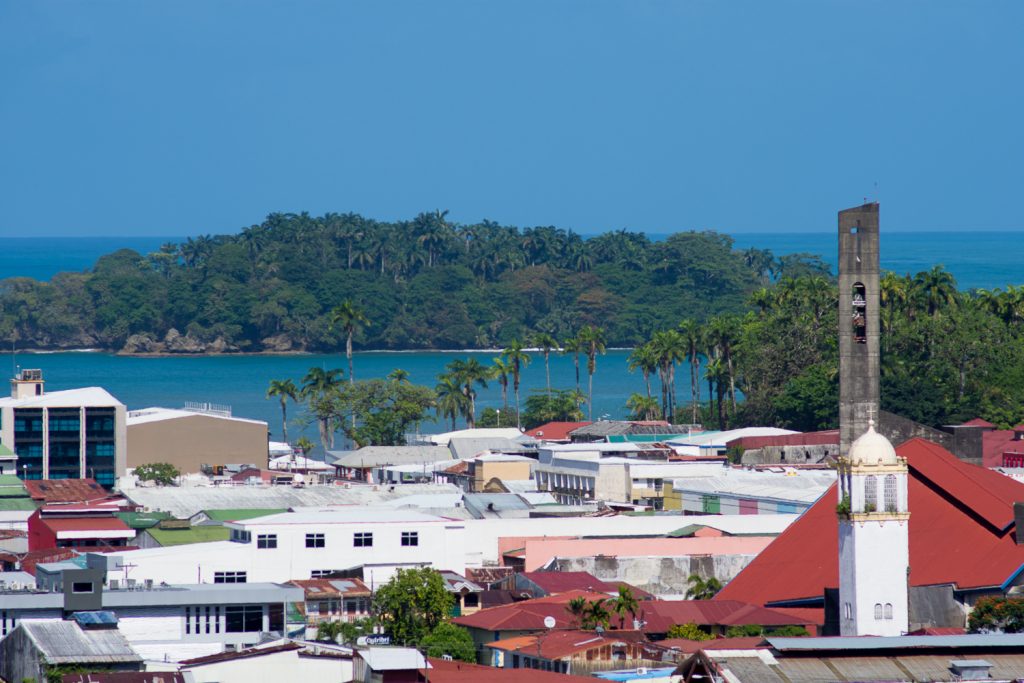
Rondón and employment
Rundown, or rondón, as it is popularly known in the Caribbean region of Costa Rica, is a dish originally from Jamaica. It was introduced to Limón gastronomy by immigrants who came to the country to build the port and the railroad. This dish is a fish and seafood soup accompanied by coconut, green plantain, yucca or yams, among other ingredients, as well as seasonings.
Axel Alvarado Luna, professor at the University of Costa Rica, says that “since colonial times, the mix between societies in the province of Limón has set a precedent. It started with the arrival of Christopher Columbus on September 25, 1502 to Quiribrí Island [known as Uvita Island]. At that time the area was populated by indigenous people who fought for 208 years until the execution of Pablo Presbere, marking the conquering of the Caribbean of Costa Rica.”
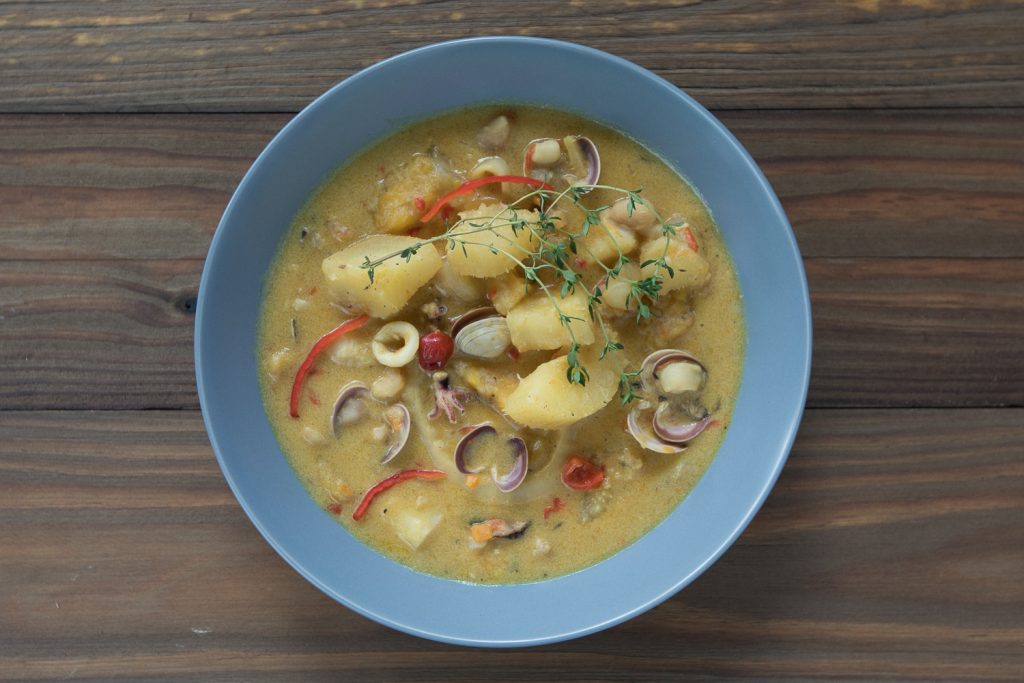
The recipe represents an encounter not only between cultures, but also between the sea and the land. Limón’s land has fueled the growth of the province through its banana plantations and the railroad; however, the sea is not far behind, contributing through fishing and the port.
“In the mid-nineteenth century in Limón, there was only fishing—mainly turtles—and a few crops of tubers. The state got interested in opening a port in the region, with the aim of facilitating commercial activity with Europe and the east coast of the United States. This is how, in 1865, the first dock was created. Limón quickly became the country’s main port, employing the few inhabitants of the area,” Axel explains.
After this, plans began for the construction of the railway as a way to transport products, mainly coffee. This materialized during the administration of Tomás Guardia, who hired a U.S. citizen to build the railway that connected the Central Valley with the Caribbean.
This was Minor Keith, who was in charge of bringing foreign labor to build the railroad and later work at the United Fruit Company’s banana plantations. Thus commenced a labor boom in the province of Limón, marked by jobs generated by the port, railway, and banana industry. Later, the banana company decided to build a hospital in what became the “American Zone” at the end of the 19th century. This provided another source of employment for Limón, along with government institutions, according to the UCR professor.
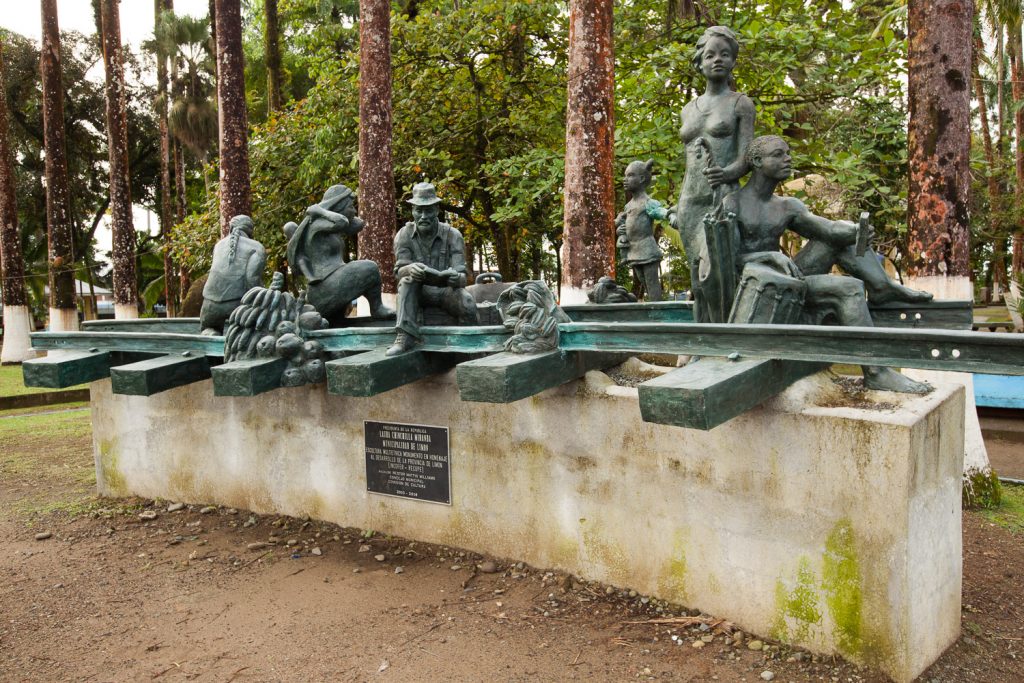
However, those job sources that once attracted workers from different countries have diminished, and employment opportunities are increasingly scarce.
According to data from the National Institute of Statistics and Census (INEC) for the first quarter of 2021,188,020 people make up the workforce of the Huetar Caribe region, which includes the entire province of Limón. In the province, 163,222 people are employed and 24,798 people are unemployed.
This unemployment situation has been aggravated by the COVID-19 pandemic. Axel Alvarado says that in Limón, the most affected sectors have been tourism and the informal economy: people who sell souvenirs and street snacks such as ices or coconut water, among others. Vehicle restrictions and the closure of businesses have affected economic development.
In the Central Canton, many people who work for hotels have been laid off due to the decrease in visitors; the switch to virtual classes affected the stability of school sodas and canteens. Before the pandemic, up to 100 cruise ships arrived at the port each year, benefiting tour guides, carriers, restaurants, vendors, all of whom have suffered a direct impact.
What could rescue the economy? According to those interviewed, the most valuable resource is one that has been on the rise for years, but needs more support to reach its potential.
Rice and beans, and tourism
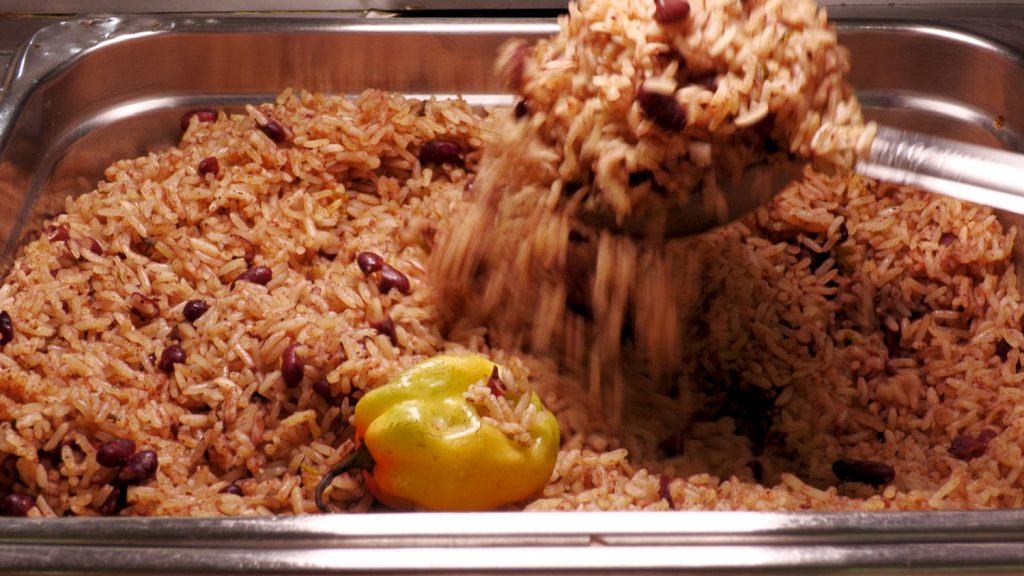
A mixture of flavors and cultures has had a significant role in shaping the province of Limón: the best example is rice and beans. A dish consisting of a mixture of rice, gungu beans and coconut milk, seasoned with salt, garlic, onion, thyme, pepper and Panamanian chili, rice and beans is served with a ripe plantain, chicken or fish in sauce, and a green salad. It is a dish that Costa Ricans from other regions might see as an Afro-Caribbean-style variation of “gallo pinto.”
When it comes to tourism, Costa Rica’s main industry, Limón contributes cultural and gastronomic experiences that are unique within the country. This gives Limón tourism potential that offers a response to the unemployment crisis in the area, according to those interviewed.
In the same way that coconut milk gives a unique flavor to rice and beans, foreigners have turned Limón into a multicultural area, creating mixtures through the years that have marked its history.
“It has been like this since the first settlers in the province, when at first they were indigenous people and some [Miskito] from Nicaragua,” says sociologist Ricardo Wing Argüello. “Thanks to the economic activities, English, Spanish, Italians, French, Colombians, Chinese, Jamaicans and Central Americans entered the country, diversifying the Costa Rican Caribbean, in which English began to be used as a popular language.”
Axel Alvarado mentions that at the end of the 19th century, the largest number of Limón’s inhabitants were Jamaicans, almost 20,000 people. Most of them worked for the banana company and the railroad.
Immigration to Limón of people from Guanacaste and Cartago by means of the railroad began during the first half of the 20th century. However, Costa Rica’s laws prohibited Afro-descedents from traveling to the rest of the country and denied them Costa Rican citizenship, a situation which was rectified in 1949 by President José Figueres Ferrer. The population of the area was very isolated, and Limón was popularly considered one country within another, Axel explains.
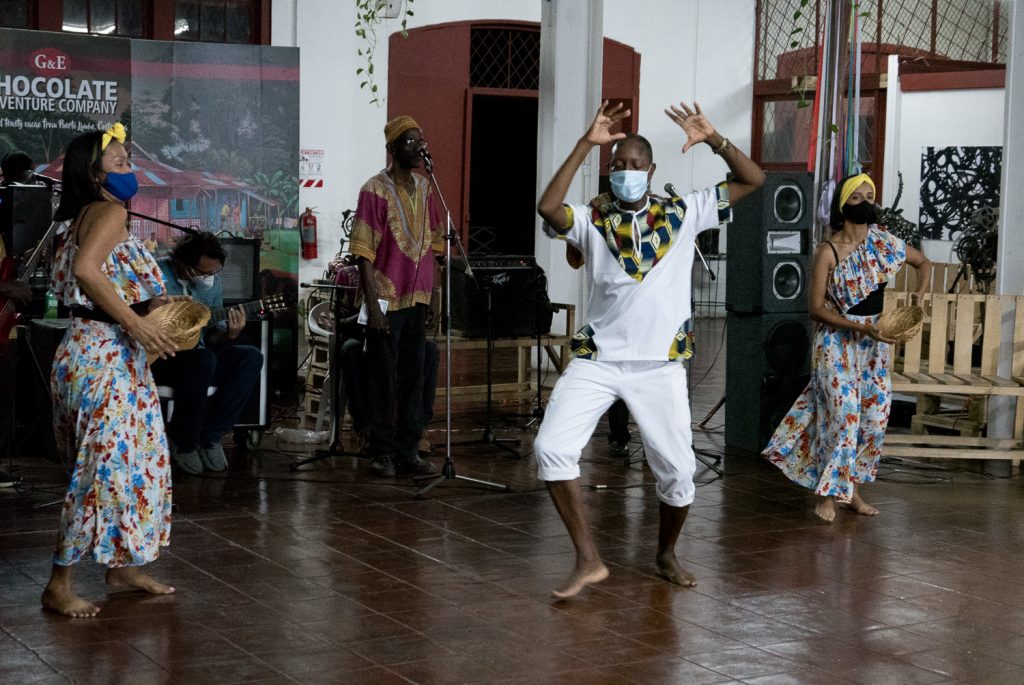
However, in recent decades, the province has managed to take advantage of its cultural and gastronomic wealth to promote tourism. It has other advantages to showcase, as well: for example, the city of Limón has a very well developed central area from an urban point of view, well planned and designed. It’s home to 18 architectural heritage sites in just 500 square meters. In addition, the tajamar, or waterfront, is classified as urban heritage, and Quiribrí island is a national monument.
In recent years, tourism has grown as a source of employment due to efforts to improve tourists’ experience. According to Ricardo Wingo, “there are tours for cruise ship visitors to different parts of the canton such as banana plantations, beaches, Veragua Rainforest Park, and various attractions that strengthen tourism activity and generate increased income.”
However, in conversations with people who know the area, many untapped possibilities are also mentioned.
“Although we have all the conditions to handle good tourism, we lack many conditions to offer tourists everything they really need. We have been working on projects, but we have not really seen real impact through investment at the Limón-wide level, so that we can receive enough tourists,” says George Grant, owner of G & E Chocolate Adventure Company. “There is no such support so that a person who has a farm can go to the bank and avoid mortgaging the farm in order to build bungalows or create certain attractions. Most of the investments that have been developed are from foreigners who have brought in capital, but the Limonense does not have that capital to be able to carry out these projects.
“Right now there is supposed to be more than $20 million in JAPDEVA’s canon for development, and not a single penny has been used,” George continues, referring to the Atlantic Slope Board of Port Management and Economic Development, and and the resources it receives as part of the concession of the Móin container terminals. “So it is mainly political will.”
How can these challenges be addressed?
“Many of the people in the Central Valley or in the rest of the country still have certain myths or beliefs about what happens in Limón,” George continues. “The problem of downtown Limón is that everything negative about Limón is concentrated here: that here they kill people, that here they assault people, and that you are not going to get out alive… even though we have all the resources, we need to create a strong campaign to deny what Costa Ricans themselves believe about Limón.”
Ricardo Wing says that another important step is to take advantage of existing facilities and spaces.

“After the earthquake of the nineties, the maritime platform was raised. In that space, corals were exposed. A walking area ould be created, a bicycle ride, spaces for traditional food, to take advantage of that natural attraction,” says Ricardo. “In the abandoned museum, a new idea could be given to create a living museum where you can go and see people cooking, speaking Creole English, with traditional clothing. Quiribrí Island has enormous potential both historically and naturally, and it could be exploited for tourism, with the right conditions. There are even some high parts in Limón where a cable car could be created that runs through the city and reaches the Island.”
George emphasizes that although the role of the government and institutions like JAPDEVA is essential, the population itself has opportunities to do more.
“The people of Limon need to learn to love what we have. We have to get out of that comfort zone,” he says. “If we analyze it, most of the people of Limon are public employees or work in very basic sectors. Here we don’t talk about cultural tourism. We don’t talk about agrotourism… That’s not just the government’s fault… We, the people of Limón, need to empower ourselves and get things done.”
However, in Costa Rica in 2021, both tourism and the development of other types of employment require another resource, a human resource: mastery of other languages.
Patí and linguistic potential
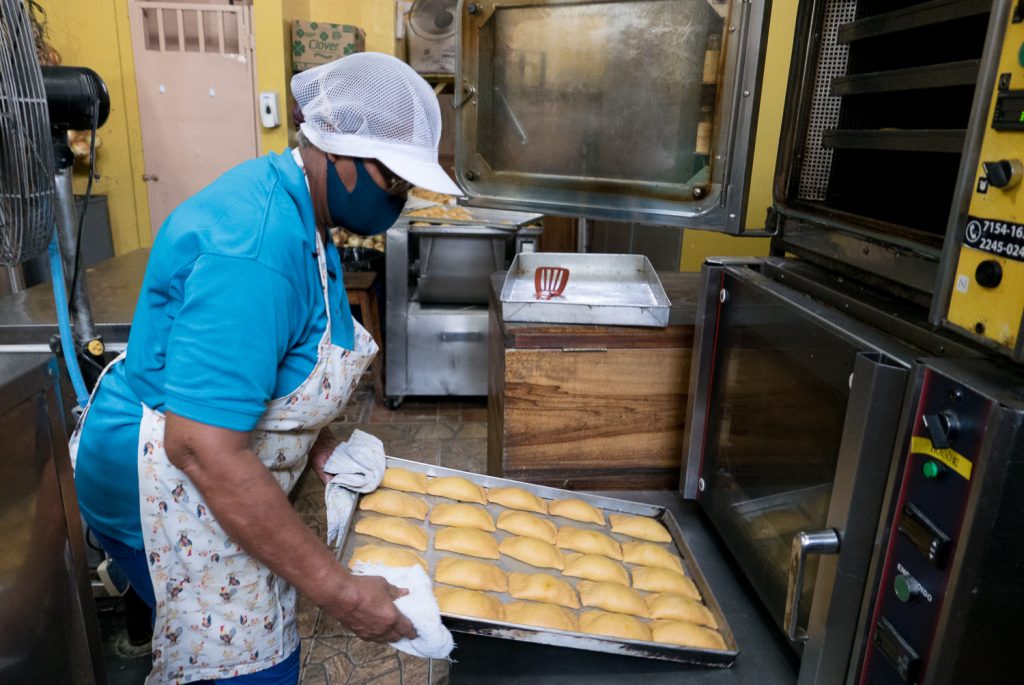
Patí is a pastry filled with meat, spices and hot pepper, prepared with flour, butter, tallow, oil, ground meat, chili and spices. It is popular and ubiquitous when it comes to Afro-Costa Rican gastronomy. Introduced by the Jamaicans who populated the area, patí became one Limón custom born of foreign influence—just like English language, source of the name of the dish. In Spanish, this kind of pastry would be grouped with empanadas, but “patty” is widely consumed in Jamaican culture.
Patí’s name is one of many examples of Limón’s multilingualism. However, although a significant proportion of the population speaks English, this potential has yet to be used in order to generate greater opportunities.
Rene Zúñiga Argüello, a linguist and researcher specializing in Creole languages of Central America, explains that in the Limón area, a language known as Limón Creole is traditionally spoken. Creole systematically mixes the structure of one language with the words of another: in this case, the structure of West African languages with 97% English words. It has a reduced vowel inventory, fewer consonants, and an intonation pattern very similar to African languages.
It’s present in countries including Jamaica, Barbados and Trinidad and Tobago; sometimes, people who speak mainstream English have difficulty understanding Creole. It arrived in Limón in 1872 with Jamaican immigrants, creating a fusion with Spanish and giving rise to a Creole that is now typical of the region.
“This creates multilingualism in Limón, making it the province with the greatest linguistic variety in the country. English, Spanish, Cabécar, Bribri, Mandarin, Cantonese, Sign Language and Limón Creole are spoken,” explains René. “The most important thing is cultural rescue and empowering Creole limonense. It can be used in cultural, artistic, tourist, musical and literary productions—used as a brand in Limón, with information brochures in this language and community labels in this language.”

Bilingualism in the province can be divided by different languages, with Spanish as the predominant language and Creole as the most common second language. Rene estimates that between 35% and 50% of the inhabitants of Limón are bilingual. In all of Costa Rica, there are 60,000 inhabitants who speak Creole Limonense.
Command of Creole facilitates the learning of English, which is such an essential qualification for jobs with multinational companies. However, interviewees pointed out that to advantage of this resource, Limón needs to achieve greater coverage in basic and secondary education. Limón’s first high school opened its doors in 1945, and its first university in 1975. In contrast, Costa Rica’s first university, Santo Tomás, was founded in 1843, while the University of Costa Rica was founded in 1940.
Ricardo notes that “education is the engine for a society. So a population that is not trained, and without conditions, results in a society that has problems understanding its environment and empowering its own businesses.”
In Limón, the labor needed during the 19th and early 20th centuries was unskilled, so education was not an important factor. However, starting in the 1970s, when the Costa Rican Petroleum Refinery (RECOPE) and JAPDEVA took their place in the province, and the port and the railroad were nationalized, the demand for skilled labor increased. Since then, demand has far outpaced the supply of educational institutions.
According to a study carried out by the INEC in 2020, 34,242 people in the Huetar Caribe region lack any educational attainment, while 30,949 have a partial or full university degree. Of Costa Rica’s five geographical regions, the Huetar Caribe comes in third with this statistic, behind Chorotega (50,477 people) and the populous Central Region (596,242 people).
“One of the results of this low index of educational preparation is the unemployment generated in the area due to the lack of qualified labor for the professional profiles that companies value when settling in the country,” says Ricardo.
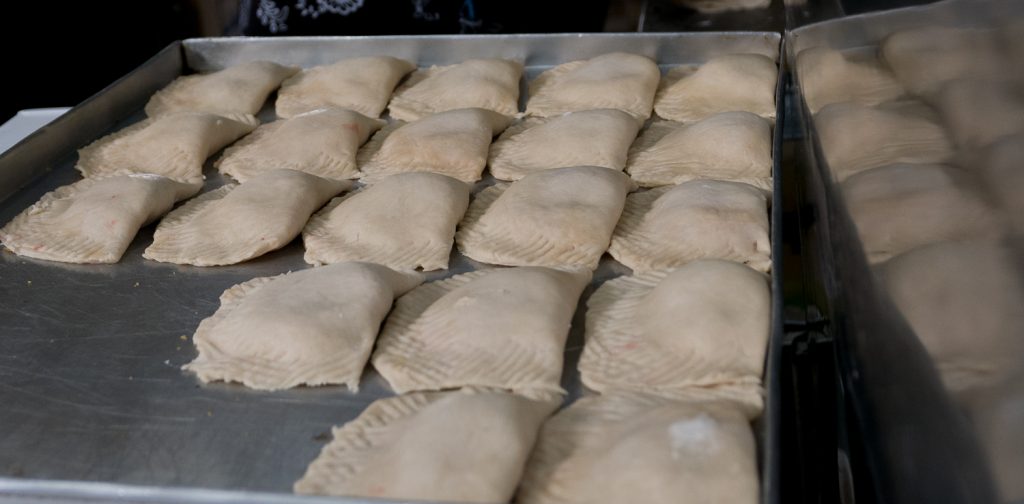
One of the measures used by the Ministry of Public Education (MEP) to combat these problems is the creation of Technical Colleges, or CTPs, that prepare students to meet labor needs in the area. The Central Canton of Limón has only 6,461 CTP graduates. When it comes to CTP graduation rates, Limón comes in fifth out of seven provinces.
In higher education, only 2,864 people in the Huetar Caribe region have a postgraduate degree, well below national rates (the Central region boasts 76,933 postgraduates). In most cases, these degree-holders do not remain in the area, but move to the Central Valley to access better job opportunities.
Ricardo Wing says that despite these figures, a greater emphasis on Creole Limonense could make it easier for inhabitants to use the English language. This would open up possibilities for call centers to more easily train workers. Foreign companies could take advantage of language abilities in the region and invest in preserving the culture of Limón, which is its main tourist attraction.
“One of the great needs here is just that: more opportunities for education and training, and mainly for the people of Limon to believe in themselves,” says George Grant. “Sometimes you say, how it is possible that having so much, we do not do more? But it is not only about having. You also need support and financing to make it work.”
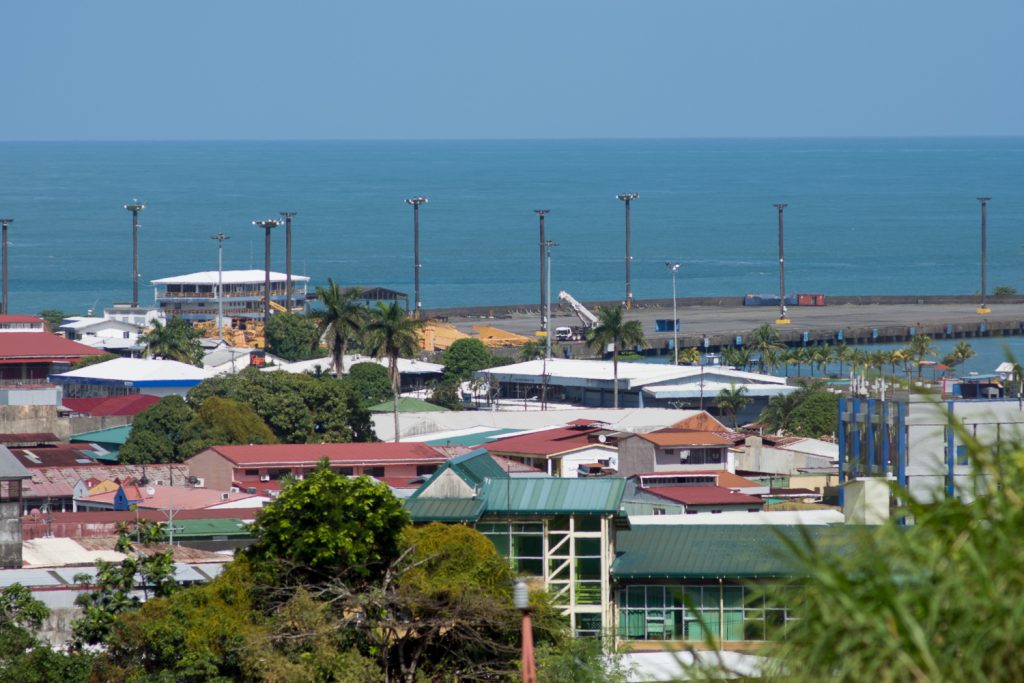
Carlos Valverde developed this report thanks to his participation in the journalism education project Punto y Aparte. Learn more about Punto y Aparte here.



